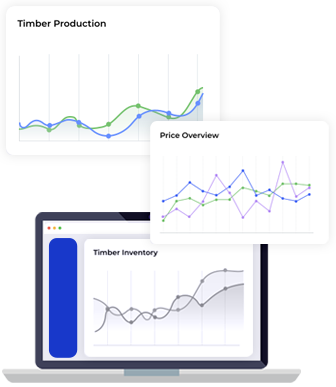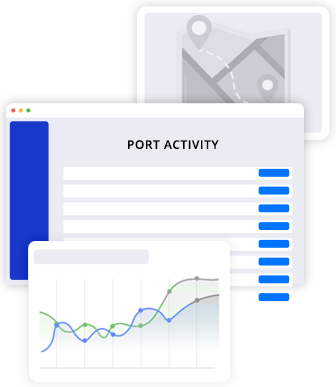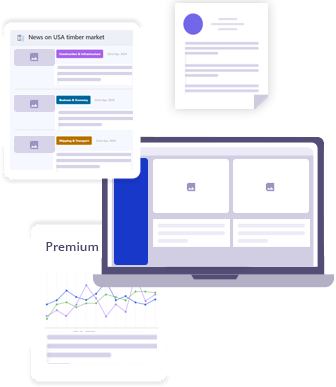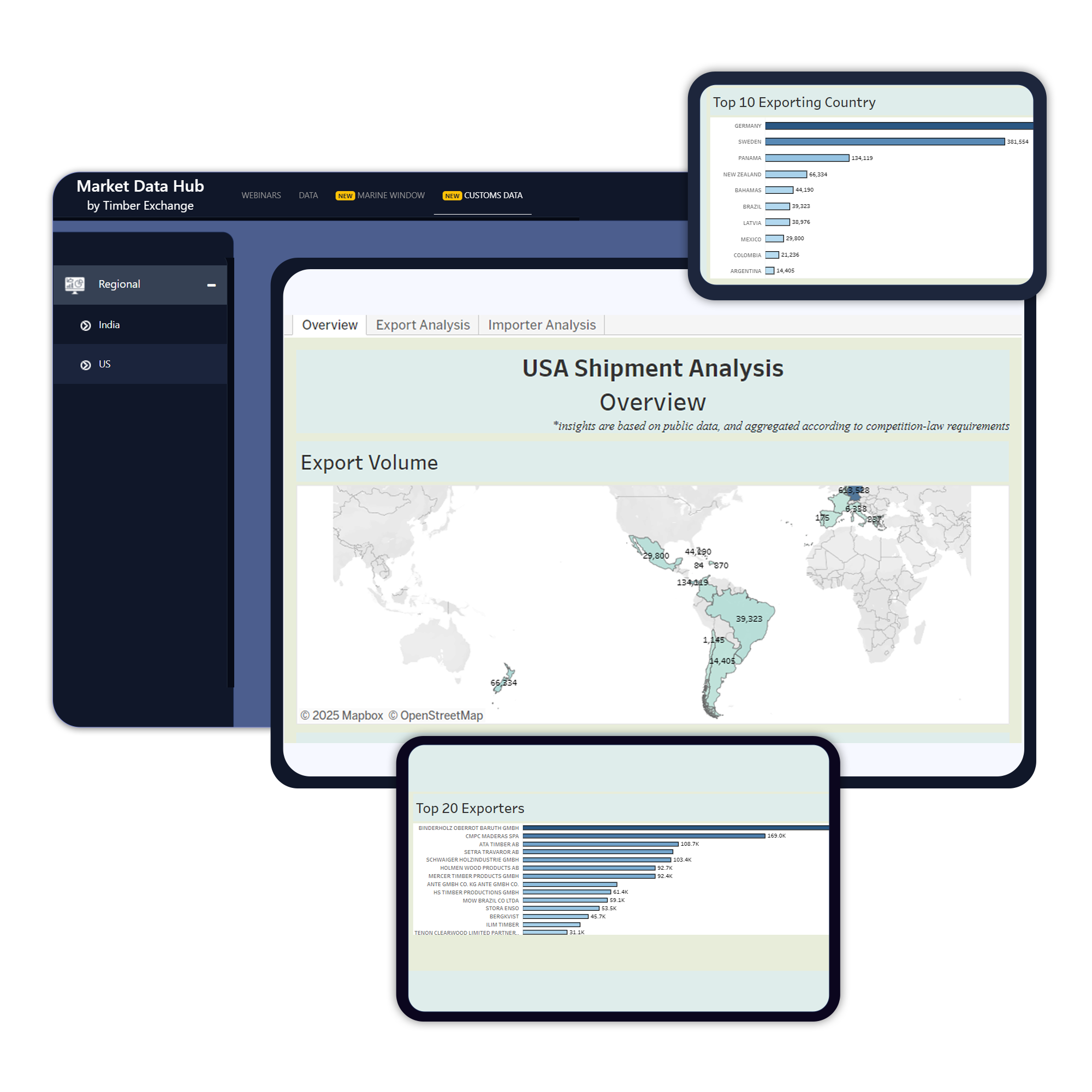
Container congestion peaks at Singapore port due to Red Sea route diversions
Posted on July 1, 2024 |
Singapore's container port is facing its worst congestion since the COVID-19 pandemic, mainly due to ships avoiding the Red Sea because of attacks, which is disrupting global shipping.
Retailers and manufacturers are struggling with higher shipping costs, port delays, and container shortages as they prepare for the peak holiday season.
Global port congestion is at an 18-month high, with 60% of waiting ships anchored in Asia, totaling over 2.4 million TEUs as of mid-June.
The current congestion is caused by disrupted ship schedules and longer routes to avoid the Red Sea, not a surge in consumer buying like during the pandemic.
From January to May, Singapore's cargo offload volume rose by 22%, leading to longer wait times of 2-3 days for berthing by the end of May.
The peak shipping season started earlier this year, driven by U.S. restocking and early shipping in anticipation of high demand.
Container import volumes at the 10 largest U.S. ports increased by 12% in May, the second-highest monthly volume since January 2023.
European imports from Asia are also increasing, pushing shipping rates to their highest in 2024, with freight costs from Asia to the U.S. and Europe tripling since early 2024.





